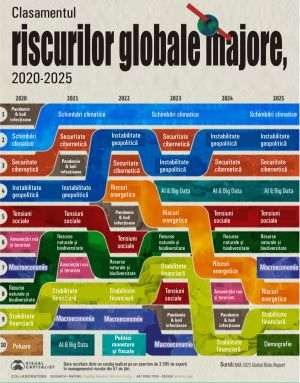Good intentions in the field of nature protection are only partially materialized to the end. Only a third of the world's marine protected areas (MPAs) are subject to a high or full level of protection to conserve biodiversity and increase fish biomass, according to a study published in the journal Conservation Letters. The international community has set itself the goal of protecting 30% of the surface covered by the oceans by 2030 to restore biodiversity, a goal known as "30X30". As of February 2023, 18,000 marine protected areas existed worldwide, representing 8.2% of the ocean surface, but these areas have very different levels of protection. To assess the effectiveness of MPAs, the American, French and Portuguese authors of the new study focused on the 100 largest marine protected areas, which together represent 89.2% of the total area of MPAs and 7.3% from the surface of the Earth's oceans. The researchers concluded that only a third (35.7%) of these marine areas have a high or full level of protection, covering 2.6% of the global ocean surface. This percentage is very far from the "30X30" goal. In contrast, another third (36.9%) of the "protected" areas are affected by activities that are "deeply destructive" and incompatible with the protection of biodiversity, such as industrial fishing, according to this study. The rest of MPAs are either lacking in regulations and management norms, or poorly protected. The study also showed that many countries (Australia, Brazil, Chile, France, South Africa, the United Kingdom, the United States, etc.) establish a significant part of their marine protected areas in remote areas and in their overseas territories big. Thus, 62.4% of strongly protected marine areas are located in remote areas. France, which has the second largest maritime domain in the world, has only 1.6% of its waters under a regime with a high or full level of protection, said Joachim Claudet, researcher at the National Center for Scientific Research (CNRS) and co-author of the study.
Those heavily protected areas are 80% in the French Southern and Antarctic Territories (TAAF). In contrast, in the coastal areas of the Atlantic, the English Channel and the North Sea held by France, only 0.01% of those waters are classified as having a high or full level of protection. In their study, the scientists propose to no longer count, in the 30X30 objective, MPAs whose level of protection is unknown or insufficient, especially those where mining and industrial fishing are authorized.
They also plead in favor of a better geographical distribution of MPAs and for the ratification of the International Treaty on the Protection of the High Seas.















































